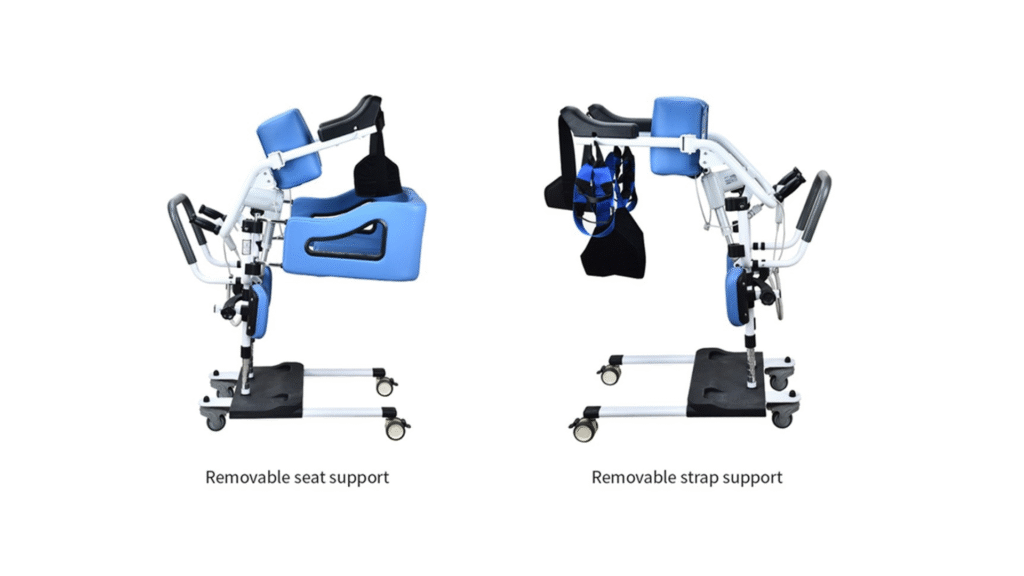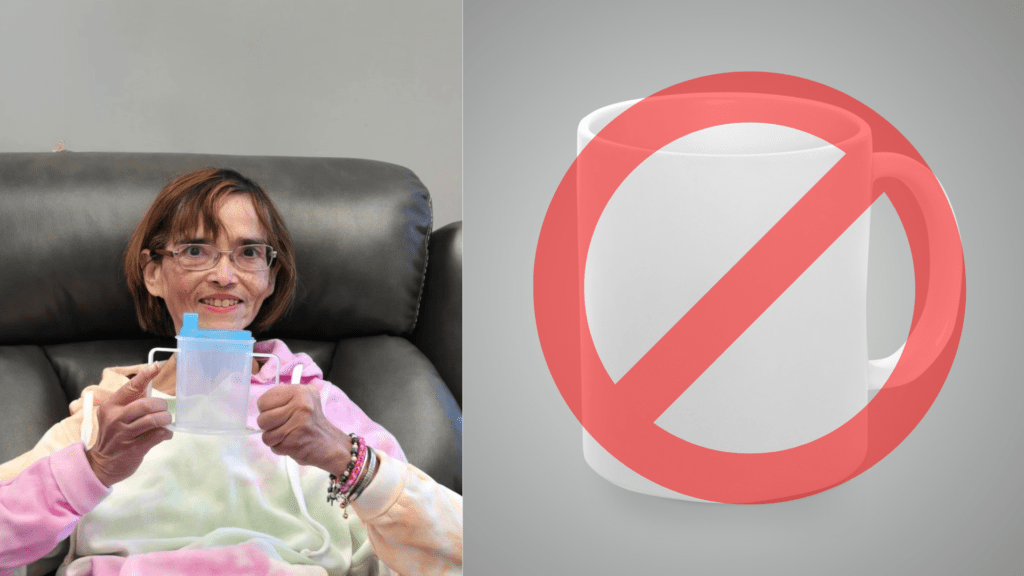Introduction: Why Patient Lifters Are Essential for Care
Patient lifters are one of the most important assistive devices for people with limited mobility. They make daily care safer by reducing physical strain on carers, preventing injuries, and helping individuals move with dignity. Whether in the home, aged care facilities, or hospitals, lifters play a key role in ensuring comfort and safety during transfers.
For families, carers, and NDIS participants, understanding how lifters work—and how to access funding—is essential. You can view a wide selection of patient lifters here.
What Is a Patient Lifter?
A patient lifter (sometimes called a patient hoist) is an assistive lifting device designed to move individuals safely between beds, chairs, toilets, or other locations.
Types of Patient Lifters
- Sling Lifters – Use a sling to support the person during transfers, common in both home and hospital care.
- Hoist Lifters – Hydraulic or powered lifters designed for heavier lifting and frequent use.
- Sit-to-Stand Lifters – Support people who can bear partial weight, helping them transition from sitting to standing.
- Bariatric Lifters – Designed for larger individuals, providing strong and stable support.
Applications range from home-based support to professional care environments. At Assistive Tech Hub, we provide patient lifting solutions suitable for different care needs.
Are Patient Lifters Covered Under the NDIS?
Yes, many patient lifters are covered under the NDIS Assistive Technology category if they are considered reasonable and necessary.
Eligibility and Approval
- NDIS Participants may receive funding for a lifter if it helps with mobility, daily living, or reduces care burden.
- Occupational Therapists (OTs) play a key role in assessing needs, prescribing the right equipment, and preparing supporting documentation.
- In Victoria, participants may also access SWEP (Statewide Equipment Program) for additional support with equipment funding.
If you are considering NDIS-approved options, our range of patient lifters in Victoria includes models suitable for home care and aged care environments.
How to Apply for NDIS Funding for Patient Lifters
Here’s a simple step-by-step guide:
- Get an OT Assessment – An occupational therapist evaluates your mobility needs and recommends the most suitable lifter.
- Show “Reasonable and Necessary” Needs – The OT report must explain how the lifter improves safety, independence, or reduces reliance on carers.
- Include the Equipment in Your NDIS Plan – Submit the OT recommendation and lifter details for inclusion in your plan under Assistive Technology.
- SWEP and Local Support in Victoria – If you live in Victoria, the SWEP program can provide additional funding or support for assistive lifting equipment.
If you are unsure which pathway applies, you can send us an enquiry or contact our team for help with the application process.
Choosing the Right Patient Lifter for Your Needs
When selecting a lifter, consider mobility level, available space, and carer support.
- Powered vs Manual Lifters – Powered lifters, such as the Powered Patient Lifter with Armrest Seat, reduce carer strain and are ideal for frequent transfers. Manual lifters can be a more cost-effective choice for occasional use.
- Portable vs Stationary Models – Portable lifters are easy to move between rooms or homes, while stationary models suit fixed care environments where stability is essential.
- Bariatric and Aged Care Solutions – For heavier individuals or aged care facilities, bariatric lifters provide extra strength and safety.
- OT Recommended Options – Since every individual’s needs differ, an OT’s advice ensures you choose the right product. You can view our full range in the mobility equipment store.
Conclusion: Patient Lifters as a Pathway to Safer Care and Greater Independence
Patient lifters are more than equipment—they are tools that improve safety, comfort, and independence for people with mobility challenges. With NDIS funding support and the right model, families and carers can create safer care environments and improve daily living.
At Assistive Tech Hub, we provide a range of lifters along with expert guidance to help you find the most suitable option. If you need assistance, you can enquire about patient lifters or contact us directly for tailored advice.
FAQs about Patient Lifters and NDIS
- What is the difference between a patient lifter and a hoist?
A patient lifter and hoist are often used interchangeably, but a lifter usually refers to the complete equipment, while a hoist can mean the lifting mechanism. - Can I buy a patient lifter directly with NDIS funds?
Yes, if your plan includes funding for assistive technology and an OT has recommended a lifter, you can purchase directly through your NDIS plan with our store. - How much does a patient lifter cost?
Costs vary based on type—manual models may be more affordable, while powered or bariatric lifters are higher in price but offer more features. - Is training provided when I purchase a lifter?
Yes, many suppliers, including Assistive Tech Hub, provide instructions and support to ensure safe use of the equipment. - Are patient lifters covered under SWEP in Victoria?
Yes, in Victoria, SWEP may provide funding support for patient lifters if you meet eligibility criteria. - Do I always need an OT assessment for a lifter?
Yes, most lifters require an OT recommendation for NDIS approval, as they are considered complex assistive technology.



